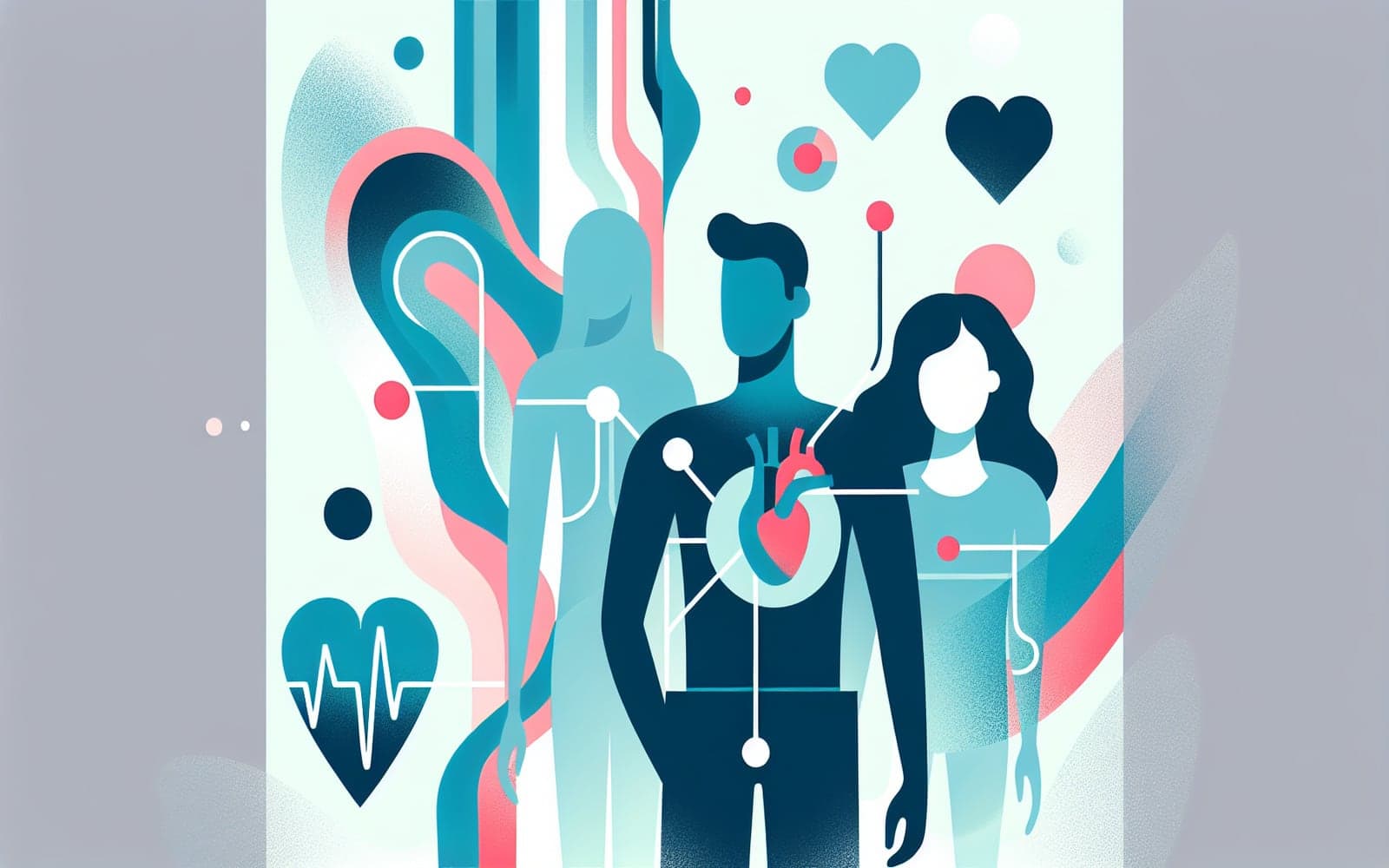Heart Failure: What You Need to Know
Published: Jan 07, 2024

Medically reviewed by Alan Lucks | MD, Alan Lucks MDPC Private Practice - New York on January 7th, 2024.
Heart failure is a common condition that affects how the heart functions. Let's break down what it is and how it shows up.
Contents
Understanding Heart Failure
Heart failure is a condition where the heart can't pump blood as well as it should. This can be due to various issues like left ventricular dysfunction or valve problems. People with heart failure often experience symptoms like shortness of breath and fatigue because their heart struggles to keep up with the body's needs.
Causes and Types of Heart Failure
Heart failure can be caused by different problems, including issues with the left or right side of the heart. It is categorized based on how well the heart pumps, known as ejection fraction. For instance, heart failure with reduced ejection fraction (HFrEF) means the heart's pumping ability is below normal.

Recognizing Symptoms
Symptoms of heart failure include difficulty breathing, especially during activity or while lying down, and fluid buildup in the legs or abdomen. These signs occur because the heart isn't circulating blood effectively, leading to fluid retention and decreased oxygen supply to the body.
Frequently Asked Questions
Heart failure is when the heart can't pump blood effectively.
Common symptoms are shortness of breath and fatigue.
It's categorized by ejection fraction, such as HFrEF.
Yes, it can affect both left and right sides.
Key Takeaways
Understanding heart failure's causes and symptoms can help in early detection and management.
Get started by discussing heart failure symptoms with Doctronic today!Related Articles
References
Paulus WJ, Tschöpe C, Sanderson JE, et al. How to diagnose diastolic heart failure: a consensus statement. Eur Heart J 2007; 28:2539.
Borlaug BA, Paulus WJ. Heart failure with preserved ejection fraction: pathophysiology, diagnosis, and treatment. Eur Heart J 2011; 32:670.
This article has been reviewed for accuracy by one of the licensed medical doctors working for Doctronic. Always discuss health information with your healthcare provider.

